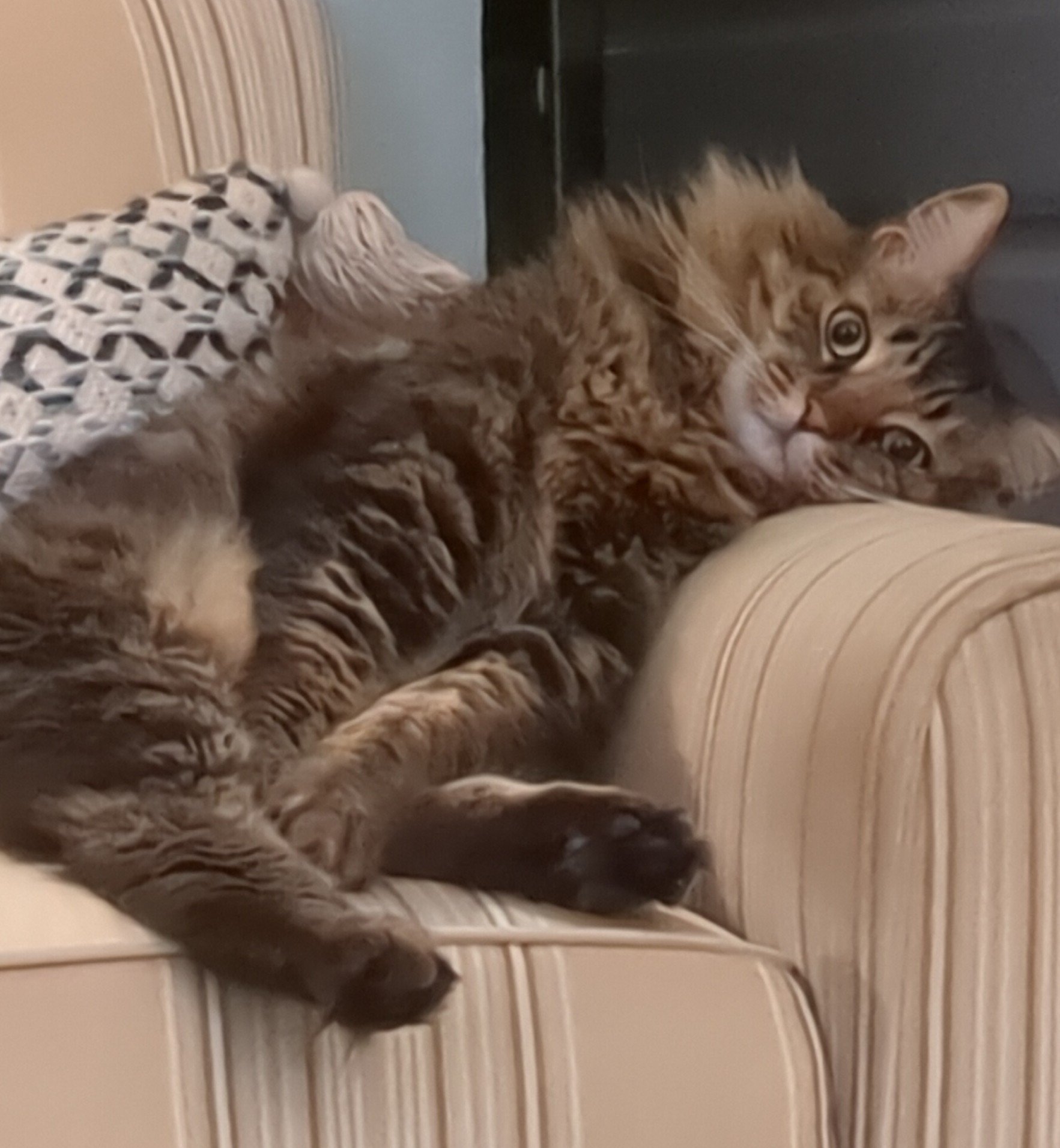Compliant tube based headphone pad idea I had while riding a bicycle two days ago. I got the thickness and dimensions dialed for printing and bending, but I either need to setup my old KP3 kingroon with a longer 2040 Z extrusion or print this in 2 pieces. Either way, the joint connection needs more than just the overlap and glue. TPE would probably be better too, although I have no idea what shore hardness this $10 clearance spool of TPU has. The sound quality seems a little tinny and I have no way to tell how loud it is externally, but it is just my first iteration that I can put around my ear and test. TPU is so slow to print and the moisture levels impact the qualities drastically. I actually like the texture and properties of wet TPU more than dry, but it is hard to get it just right. With the design’s compliant bend, consistency is kinda important. Anyways, just another boring project. On the bright side, this seems cooler temperature wise when the TPU pad is against my ear.
I spent all day chasing custom logarithmic infill patterns that might incorporate a compliant bend but only learned about how not to do a thing like that in CAD.


Cool! I love that you are engaged on my level. Today I had a new idea. I thought of the pop-tube kid’s toys randomly.
I was combining that with an idea I had yesterday. Yesterday, I properly measured my ear after I glued up a print and actually tested it by listening to music for a few hours.
So first off, my empirical hypothesis is that the sealing properties and the air volume are the primary factors that determine the perception of frequency response. The design pictured in this post adds a little bit of volume overall compared to the original. It doesn’t have quite the same base response but it adds a lot of crisp clarity in the ~200Hz+ range. I think this is just due to the spacial volume.
After measuring my ear and looking at the CAD and print, my first prototype adds enough fore to aft clearance around my ear. It added around 3mm of extra depth. This clears my ear depth by about 1.7mm too far and is primarily from designing in a stiffer material than the original pad. The original pad touches my ear in several places which gets hot and annoying, especially in the summer.
So I started thinking about how I can alter the print to shape it and completely clear all of my ear. The printed pad is already cooler, but adding full clearance could make it even more comfortable. I was perplexed about how to accomplish this though because it would likely require me to replace the base plate if I am going to shape the print further. My present design is just a 9mm single instance of the tube shape with the pattern repeated and a little underlap sleeve added at the end. What I really need is to vary the spacing of each conforming section to control where and how each bend happens. This would likely make the unsolved clasping connector issue worse.
The pop-tube idea might solve my problem though. I don’t need to think about the bend joint like a spring. I need to think of it like a bistable switch and design the bends to snap into shape. I’m still mentally sorting out the idea before trying to design it. I’m essentially decoupling the bending from the shape itself. The challenge is how to do this in a continuous print without gaps in a vase-mode like mindset. I’m adamant on the vase-mode approach because I think I can better tune the pad conforming behavior based solely on single wall extrusion properties. Also, TPU is always more ugly for me if I allow z-hops and travel.
Anyways, if I introduce this disconnected level of complexity to my next iteration, I can likely also add something like a recess for glasses too. I have the same issue with my reading glasses and just use ear buds instead when I need them.
I also want to thin all of the walls of the tube and use a mathematical spreadsheet based pattern to stiffen some sections, but that is a secondary objective. My next step is to make a bistable bending action. I’ll see if I can make it tunable for a 4 corner topology so that it can work for oval and rectangular designs – not that you should wait or anything like that. I’m fundamentally unstable and unreliable due to my physical disability. Like yesterday was my big cooking day for 2 weeks of food and I’m mostly recovering so far today. I don’t know if my back will settle down enough for me to spend competent time designing today, but maybe after lunch and Adderall I’ll get an hour or two to mess around if I lay on a heating pad.